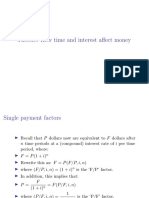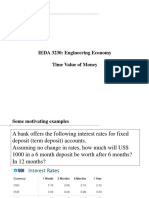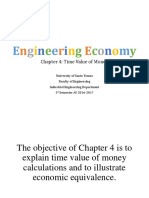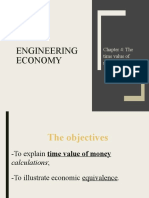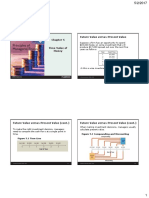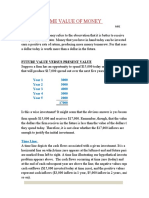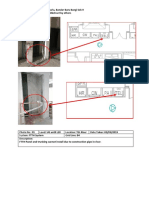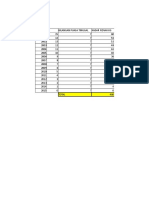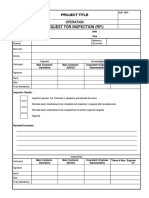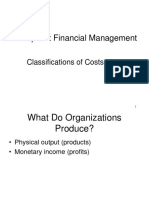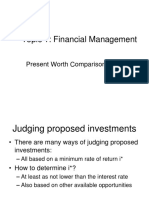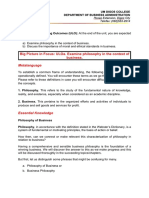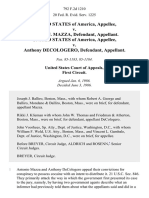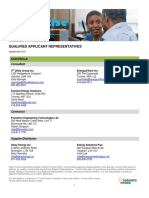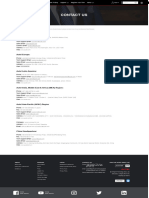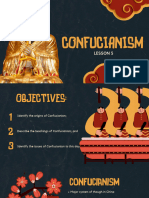0% found this document useful (0 votes)
31 views41 pages1 FM-3
F = $6000
i = 5.5% = 0.055
n = 7
A = F * (i / (1+i)^n - 1)
= $6000 * (0.055 / (1.055)^7 - 1)
= $6000 * 0.1143
= $684
So the required annual savings is $684
28
Converting from Annual to Future
Given the A/F relationship:
i
FA
(1 i ) 1
n
Uploaded by
Mohd Jamal Mohd MoktarCopyright
© © All Rights Reserved
We take content rights seriously. If you suspect this is your content, claim it here.
Available Formats
Download as PDF, TXT or read online on Scribd
0% found this document useful (0 votes)
31 views41 pages1 FM-3
F = $6000
i = 5.5% = 0.055
n = 7
A = F * (i / (1+i)^n - 1)
= $6000 * (0.055 / (1.055)^7 - 1)
= $6000 * 0.1143
= $684
So the required annual savings is $684
28
Converting from Annual to Future
Given the A/F relationship:
i
FA
(1 i ) 1
n
Uploaded by
Mohd Jamal Mohd MoktarCopyright
© © All Rights Reserved
We take content rights seriously. If you suspect this is your content, claim it here.
Available Formats
Download as PDF, TXT or read online on Scribd
/ 41

